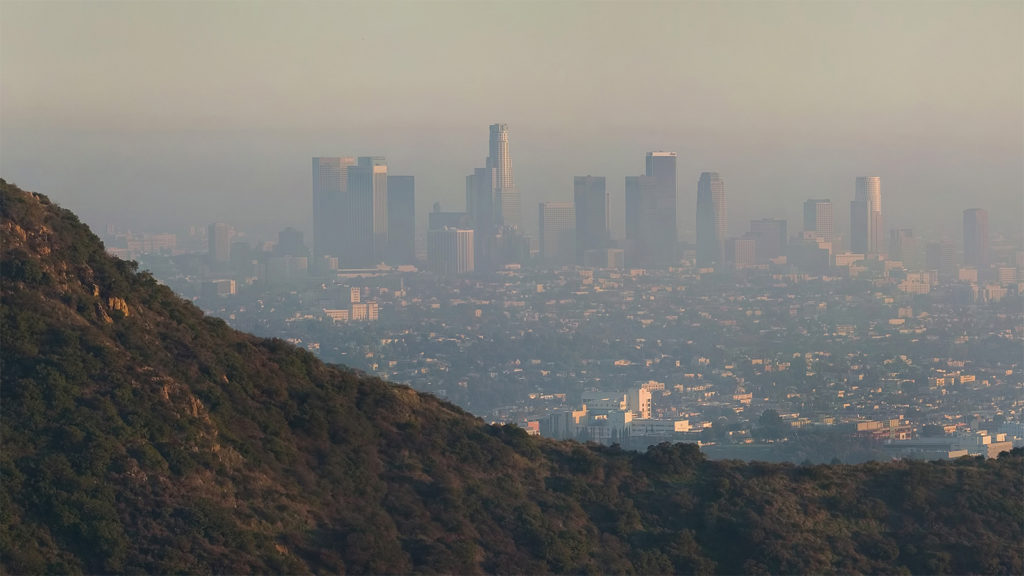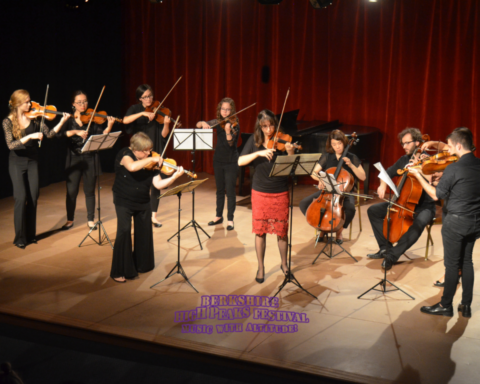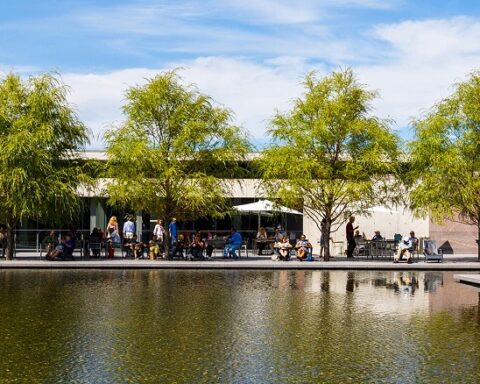Plastic Entanglements: Ecology, Aesthetics, Materials
Smith College Museum of Art
![Aurora Robson, Isla, 2014; Plastic debris (PET + HDPE), aluminum rivets, tinted polycrylic, and mica powder; [Source: Aurora Robson].](https://i2.wp.com/www.greylockglass.com/wp-content/uploads/2019/02/ISLA_featured.jpg?fit=853%2C1024&ssl=1)
Plastic. In most cases it is imperishable, non-biodegradable, and close to everlasting. It is so ubiquitous in our life that we barely notice how much we use. According to the New York Times article, The Immense, Eternal Footprint Humanity leaves on Earth: Plastics (7.1. 2018) by Tatianna Schlossberg, 5 – 13 million metric tons of plastic are dumped into the ocean each year, and since the 1950s, 4.9 billion metric tons is in landfills or spread throughout the environment. With these facts in mind, it is well worth a trip to Smith College Museum of Art to view, Plastic Entanglements: Ecology, Aesthetics, Materials organized by Pennsylvania State University’s Palmer Museum of Art.
Sixty works by thirty emerging and notable international contemporary artists focus on the challenge, the threat and the supernatural marvel this material presents.
Plastic Entanglements is divided into three sections. First, the Archive section that delves into the cultural legacy of plastic. Since the mid-1950s plastic has assured our existence has been preserved to live on in perpetuity. Our food containers, make-up, clothing, toys, furniture, medical equipment, furniture, not to mention parts of cars and planes will be available to archeologists researching our customs, rituals and daily life, long after we are gone. In addition, it also provides endless artistic material to be salvaged, reconfigured, and reassembled. The second section, the Entangled Present, is devoted to how plastic bonds us together as a planet whether we like it or not. Our shared oceans, air and survival are all tied environmentally and geographically to our relationship and addiction to this substance that is at once both miraculous and pernicious. The last section, Speculative Futures, addresses possibilities both imagined and potentially viable. Questions such as new biological and geological forms, new types of plastic and images of what might be.
Willie Cole
![Installation Photo, Willie Cole, Chandelier, 2015/2017 Plastic bottles and metal armature; [Source: Willie Cole].](https://www.greylockglass.com/wp-content/uploads/2019/02/Willie-Cole-Installation-shot-Smith-college-Museum-of-Art_1x1-1024x1024.jpg)
The initial shock upon climbing the stairs to the entrance of the Smith College Museum and entering the show is many of the pieces are just beautiful. The exhibition is installed on two levels and thanks to a relatively new building with an exquisite design that provides the ability to view some of the work not only in a traditional gallery setting, but also from above and below you are able to see the nuanced quality and light of sculptural pieces. The best example of this is Willie Cole’s Chandelier. Cole, a celebrated artist for decades, has relied on the mundane materials in his midst to create art that is both beautiful and political. In the past few years he has used recycled water bottles as a medium, building everything from giants to cars to chandeliers. The bottles carry the significance of water as an essential substance of life, while the sheer number of recycled plastic bottles speaks to consumerism and neglect. The bottles shimmer and create prisms of light that change as you view the piece from different angles at different times of day. This might not be Swarovski crystals, but it is as strong and emanates it own splendor and statement.
Aurora Robson
Aurora Robson has dedicated her career to educate artists, and the greater population about, the dangers of plastic and how re-use of the waste stream can be a viable medium. Using predominately plastic reclaimed from the ocean, Robson creates pieces so beautiful that they challenge any work by glass artists. Isla, one of Robson’s signature pieces in the show is a delicate, ironically organic sculpture that evokes plant and animal sea life. It possesses an animated aura usually reserved for nature itself.
Vik Muniz
![Vik Muniz, Sarah Bernhardt from Rebus, 2010; digital C-print; collection of the Palmer Museum of Art, 2011.25. [Source: Vik Muniz, courtesy of Sikkema Jenkins & Co., New York].](https://www.greylockglass.com/wp-content/uploads/2019/02/Muniz.jpg)
Brazilian artist Vik Muniz has long been know for playing with reality through perception. Muniz is famous for composing iconic images using unlikely materials such as trash from dumps and landfills, and food. In Plastic Entanglements his photograph of Sarah Bernhardt, a famous turn of the 20th century French stage actress is created completely from plastic toys. This is simultaneously a nod to our obsession of celebrity culture dating back a hundred years, while at the same time depicting the custom of addicting children to the habit of mindless acquisition.
These are only a few of the highlights of this exhibition. It not only addresses the dilemma of plastic, but speaks to how we got here, where we are, and maybe, a roadmap for the future. Plastic Entanglements: Ecology, Aesthetics, Materials is on view till July 28. Smith College Museum of Art is located at 20 Elm Street at Bedford Terrace.
Plastic Entanglements: Ecology, Aesthetics, Materials
Northampton, MA 01063. Hours are Tuesday–Saturday 10–4, Thursday 10–8
Sunday 12–4, Second Friday 10–8
FREE
Plastic Entanglements: Ecology, Aesthetics, Materials was organized by the Palmer Museum of Art, Penn State, and curated by Joyce Robinson, curator, with guest co-curators Jennifer Wagner-Lawlor, Penn State professor of women’s, gender, and sexuality studies and English, and Heather Davis, assistant professor of culture and media, The New School. SCMA’s presentation is led by Emma Chubb, Charlotte Feng Ford ’83 Curator of Contemporary Art.
This exhibition and related programs at SCMA are made possible by the support of the Suzannah J. Fabing Programs Fund; the Carlyn Steiner ’67 and George Steiner Endowed Fund, in honor of Joan Smith Koch; the Judith Plesser Targan, class of 1953, and the Enid Silver Winslow, class of 1954, Art Museum Funds; and the Tryon Associates.


![Imo Nse Imeh, Ovation, mixed media/canvas, 2018; [Source: artist / Readywipe Gallery]](https://www.greylockglass.com/wp-content/uploads/2019/02/Imo-Nse-Imeh_Ovation-682x1024.jpg)





